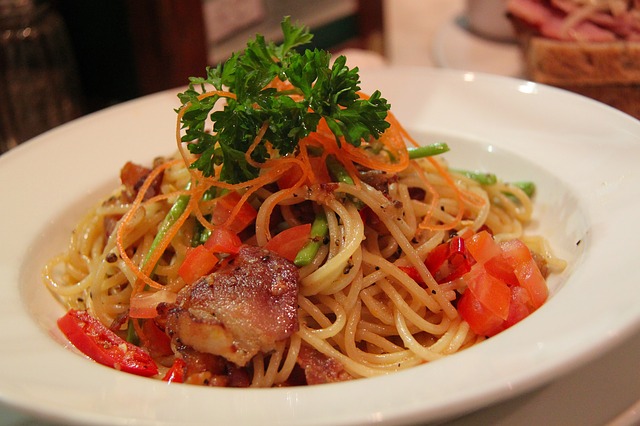Linguine vs Spaghetti
Pasta enthusiasts may be keen to learn the differences between Spaghetti and Linguine. As a staple of Italian cuisine, pasta has gained global popularity with various shapes and sizes available. With over 100 pasta varieties, Spaghetti is often the most recognizable. However, it can be easily confused with Linguine. To differentiate between the two, it’s essential to remember some simple facts.
Key Takeaways
- Spaghetti is a thin, long, and round type of pasta, while Linguine is a thin, long, and flat type of pasta.
- Spaghetti dishes are typically served with tomato sauce and meat, whereas Linguine is traditionally served with seafood and pesto sauce.
- Linguine appears as thin, flat strips, while Spaghetti has the appearance of long, thin strings or cords.
What is Spaghetti?
Spaghetti belongs to the ‘Strands’ group in the pasta family and is easily identified by its thin, long, and round shape. Made from durum wheat semolina, Spaghetti can also be prepared with other types of flour and is typically around 10 inches in length. Spaghetti dishes can be served in various ways, such as with cheese and pepper, garlic and olive oil, or tomato sauce and meat. Some well-known Spaghetti dishes include Spaghetti Bolognese and Spaghetti Carbonara.
What is Linguine?
Often called ‘flat spaghetti,’ Linguine is another pasta variety. However, it should not be confused with Spaghetti, as the term ‘flat’ highlights the primary difference between the two. Linguine, part of the ‘Strands’ group in the pasta family, is a narrow, thin, long strand but flat in shape. It is slightly wider than Spaghetti but narrower than Fettuccine. Linguine, also known as ‘Linguini’ in the United States, originates from the Liguria region in Italy. Famous Linguine dishes include Linguine alle vongole (Linguine with clams) and Trenette al pesto. Thin pasta strands like Spaghetti and Linguine are best served with light, thin sauces.
Difference between Spaghetti and Linguine?
• Spaghetti is a thin, long, and round type of pasta while Linguine, on the other hand, is a thin, long, and flat type of pasta.
• Spaghetti is ideally served with Tomato sauce and meat dishes while Linguine accompanies seafood and pesto dishes.
• Linguine can be identified as thin, flat strips while Spaghetti takes on the appearance of long, thin strings or cords.
